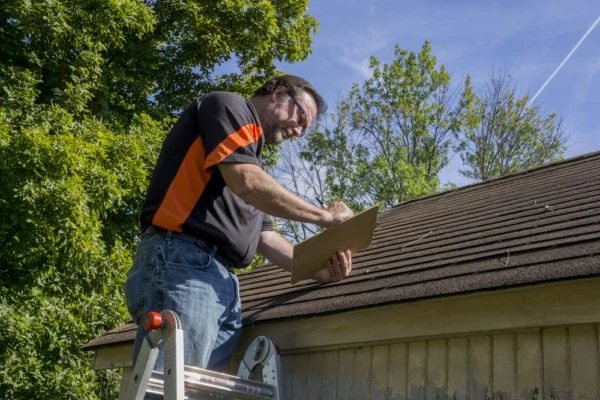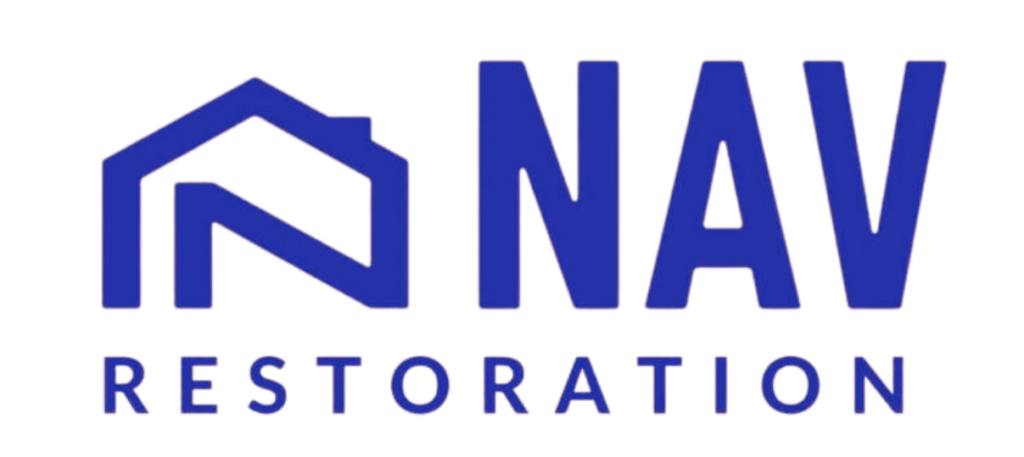Blog
How Roofing Insurance Claims Work: What Roofing Contractors Need to Know
Estimated reading time: 6 minutes
Understanding how roofing insurance claims work will help your insurance restoration business succeed and grow. By learning the ins and outs of insurance, you can ensure a smoother working relationship with the insurance company, reduce delays, serve your customers more effectively, and get paid more quickly.
While homeowners’ insurance can be a complex subject, understanding how roofing insurance claims work doesn’t have to be complicated. This blog post will walk you through the insurance claims process step by step, as well as help you understand how to make the most of the process so you can achieve better outcomes for your business and your customers.
How Do Roof Insurance Claims Work?
In general, the insurance claims process can be broken down into these basic steps.
Step 1: Inspection by the Adjuster
After the homeowner reports the damage to their insurance company, the insurance company will send an adjuster to get their own look at the damage. This insurance adjuster will inspect the roof, taking special note of any areas of damage that your business identified in your initial inspection. It’s important for someone from your team to be present and meet with the adjuster as they do their inspection, to answer any questions the adjuster may have and make sure no damage is missed. After the adjuster completes their inspection, they will create their own assessment of the damage, which will be sent to the insurance company.

Step 2: Review of the Claim
Next, the damage assessment, also known as the claim, will be reviewed by the insurance company. During this time, the insurance company will evaluate the report of the damage provided by the adjuster to determine how much should be paid to the homeowner for repairs. This process can take a significant amount of time, and is often the reason why insurance restoration projects get delayed.
As the claim is being reviewed, the insurance company may request more information or documentation about the damage from your roofing company, or they may ask you questions about the information you provided. You’ll need to respond promptly to their requests to keep the claims review process moving and be prepared to back up your assessment of the damage with evidence.
Step 3: Finalizing of the Claim
Once the claim is reviewed and processed, the insurance company will finalize the total amount of damages. At this point, the insurance company will send a check for that amount to the homeowner. This check is intended to cover the costs, either of repairing the roof to its original condition, or of replacing the roof completely, according to the terms of the policy.
When the claim is finalized and the check is received, the insurance company’s involvement in the process comes to an end. Now, you and the homeowner can agree on a formal scope of work and draw up a contract for the repairs or replacement. In many cases, this agreement will exactly cover the damages mentioned in the assessment; in other cases, the homeowner may want you to do additional repair work besides what is covered by the insurance check.
How Can You Make the Most of the Claims Process?
What does your insurance restoration business need to do in order to succeed during the claims process? Here are a few tips to help you master roofing insurance claims and ensure the best outcomes for your business and your customers.

Tip 1: Speak the language of insurance companies
Good communication between your business and the insurance company is key to mastering the insurance claims process. The greater understanding you have of insurance-related terms and concepts, the easier it will be to answer any questions that arise and understand how the process is progressing.
Learning to speak the language of insurance companies will also help you complete any paperwork correctly and reduce the possibility of errors when you fill out insurance restoration forms. When contractors understand the terms that insurance companies use, it helps facilitate clearer communication and eliminates error-related delays.
Tip #2: Advocate for the homeowner
When it comes to insurance restoration claims, many homeowners feel out of their depth. This is particularly true when it comes to discrepancies between your assessment of the damage and the insurance adjuster’s. Homeowners deal with insurance companies very infrequently and need the guidance of someone with expertise and experience in navigating insurance claims.
This is where your business comes in. If there are differences between your assessment and the adjuster’s, you can and should advocate on behalf of the homeowner. By proving to the insurance company that your assessment of the damage is the accurate one, you not only make sure the claim covers the work you plan to do—you also help the homeowner achieve a more desirable outcome to their claim and solidify your reputation as a business that provides excellent customer service.
Tip #3: Keep Good Records
As discussed above, when the insurance company is evaluating the damage assessment, they often request more information or further supporting evidence for your claim. In order to reduce delays and help the claims review process run smoothly, it’s important to keep good records of everything related to the job. These records should be accessible by everyone on your team from anywhere, so you can respond to requests from the insurance company promptly.
Nav Restoration makes it easy for insurance restoration contractors to store and access information for each one of their jobs. Our cloud-based platform allows you to create digital job files that can be accessed from anywhere. You can store documents, photos, notes, and more in these job files—then see and update them from the field, the office, or wherever you happen to be. Instead of having to look through paper files to answer an insurance question, you can simply log into Nav Restoration and bring up the information you need with just a few clicks. Using cloud-based roofing software like Nav Restoration puts the information you need to pass along to the insurance company within easy reach, keeping the claims process from being delayed.

A Smoother Insurance Claims Process is Within Reach
Understanding how roof insurance claims work and what you can do to improve the process will help you become a better insurance restoration contractor. Not only will you achieve better outcomes for your business and your customer, you will keep the process running smoothly and efficiently so there is less of a gap between assessing the damage and beginning the work.
